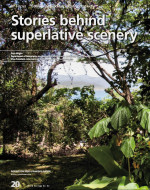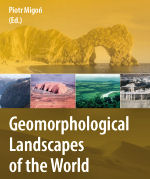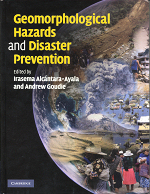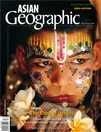
Piotr Migoń, Heather A. Viles (Eds.), Sandstone Geomorphology – Landscape formation, field mapping, research methods, Zeitschrift für Geomorphologie, Supplementbände – Volume 59, 2015
In the series of Supplementary Issues of Zeitschrift für Geomorphologie a collection of papers arising from the conference Sandstone Landscapes III has just been published. The conference was co-organized by the Danxia Geomorphology Working Group and held in the Stołowe (Table) Mountains in SW Poland in April 2012. The volume contains 13 papers written by sandstone geomorphology specialists from Australia, China, the Czech Republic, and Poland. They cover a variety of specific subjects, including broader issues of rock control in sandstone terrains, overview of Danxia landscapes in China, rock slope stability, weathering processes and landforms, non-karst caves in sandstones, the origin of boulder accumulations, rock – soil – relief relationships, as well as the presentation of geomorphology of the conference area, i.e. the sandstone tableland of the Stołowe Mountains. Piotr Migoń (former co-chair of Danxia Geomorphology WG) and Heather Viles edited the volume. Abstracts (free) and full-texts (by subscription or to be purchased individually) can be accessed via
https://www.schweizerbart.de/papers/zfg_suppl/list#issue1
The full reference is: Sandstone Geomorphology. Landscape formation, field mapping, research methods. Eds.: Piotr Migoń; Heather A. Viles. Zeitschrift für Geomorphologie, vol. 59 (2015), Suppl. Issue 1, 268 pp.




